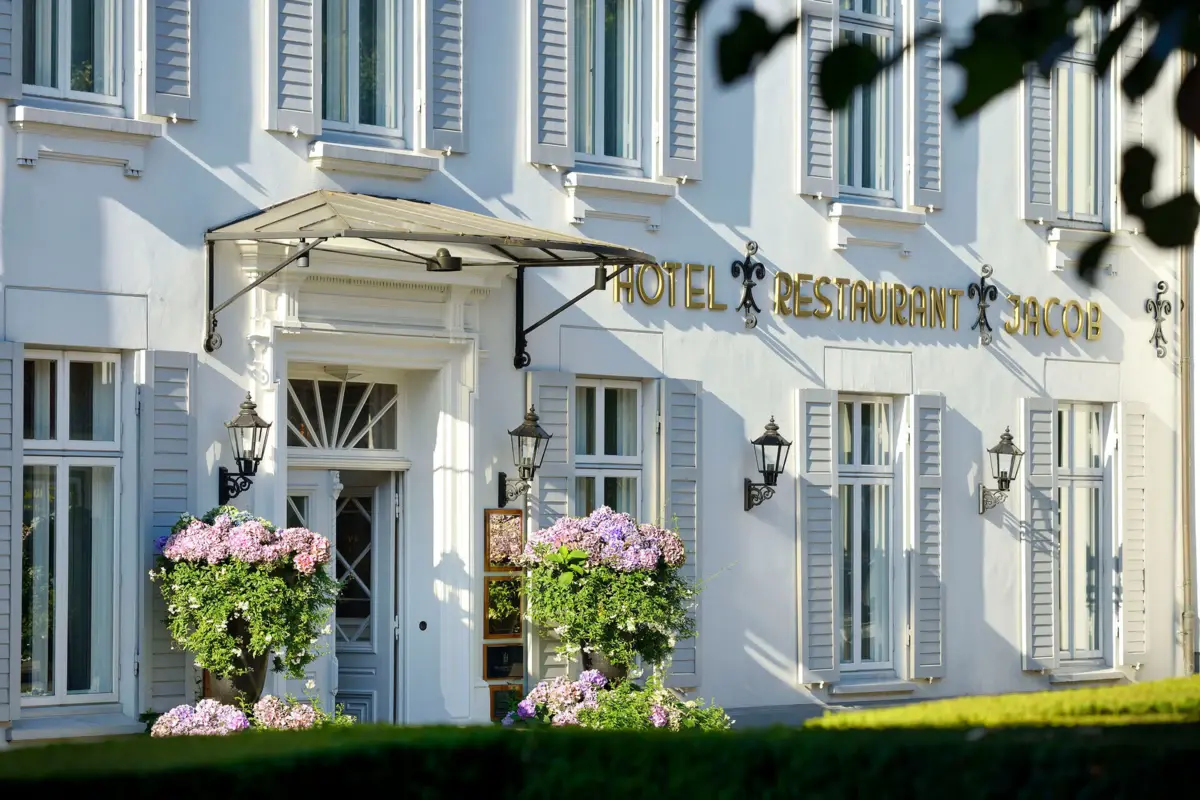Historical insight
The history of Louis C. Jacob
You might wonder why France keeps wafting through the corridors of the Jacob - as a scent in the menu, as a memory in the glass, as an attitude in the house. Yet the story begins in Nienstedten, with Nikolaus Paridom Burmester: a master confectioner whose love of seafaring was as passionate as his sense of beauty in life.
The Jacob through the ages
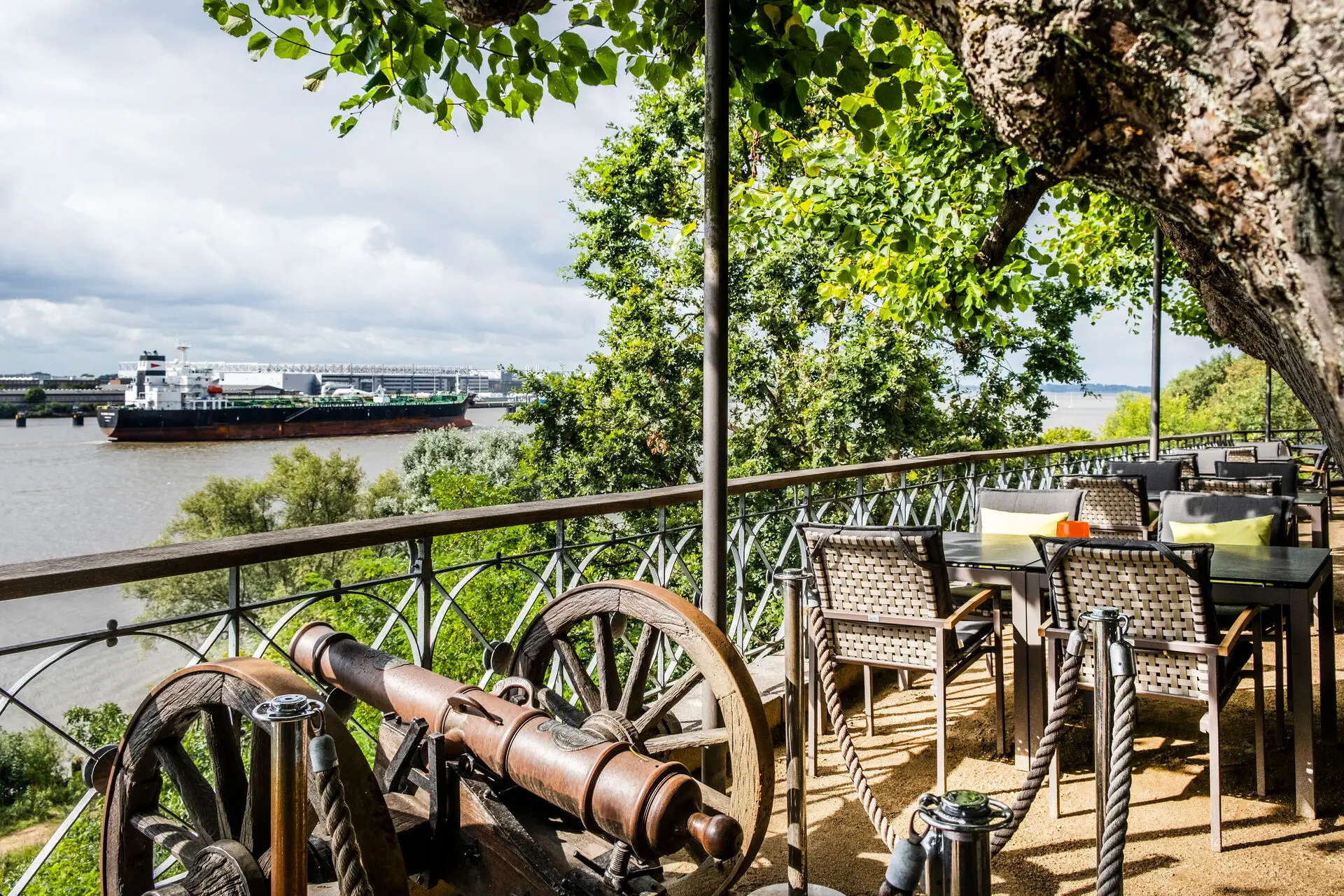
1625
The history of the hotel property dates back to 1625. Documents show that a farmer named Heinrich Lüdemann sold the so-called "Kätner Hof" to the Nienstedt pastor Tobias Fabricius Schmidt in 1648. After several interim owners, the house came into the possession of Margaretha Catharina Burmester in 1765. In 1780, Burmester bequeathed house no. 401 to Nicolaus Paridom Burmester, who as a confectioner soon supplied the people of Nienstedt with delicious sweets. The amateur pyrotechnician also greeted all incoming and outgoing ships with salutes from his self-made cannon. Everything went well for ten years, but when he fired his cannon as usual in 1789, there was a fatal explosion and his wife Maria Elisabeth was left alone with the thriving confectionery and their six children.
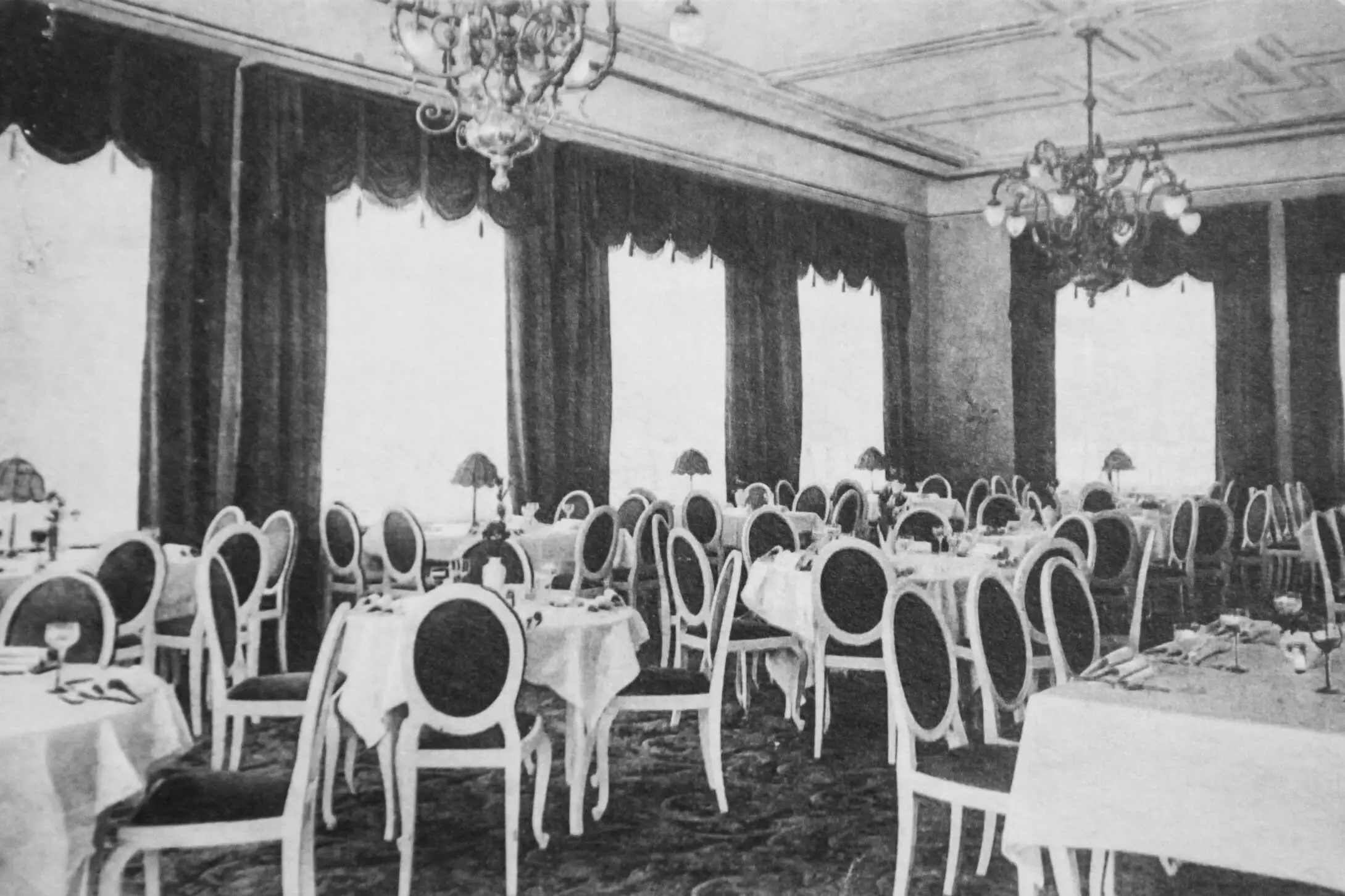
1789-1791
At the same time, the French landscape gardener, Daniel Louis Jaques, fled the turmoil of the French Revolution and came to Berlin via Dresden. In Dresden, "the dashing young man" had already opened a small coffee garden. Peter Godeffroy, a successful Hamburg merchant, hired Daniel Louis and brought him to Hamburg with the task of giving his park in Dockenhuden a "French makeover". Daniel met the widow Burmester, fell in love with the beautiful confectioner, married her and changed his name to Jacob.
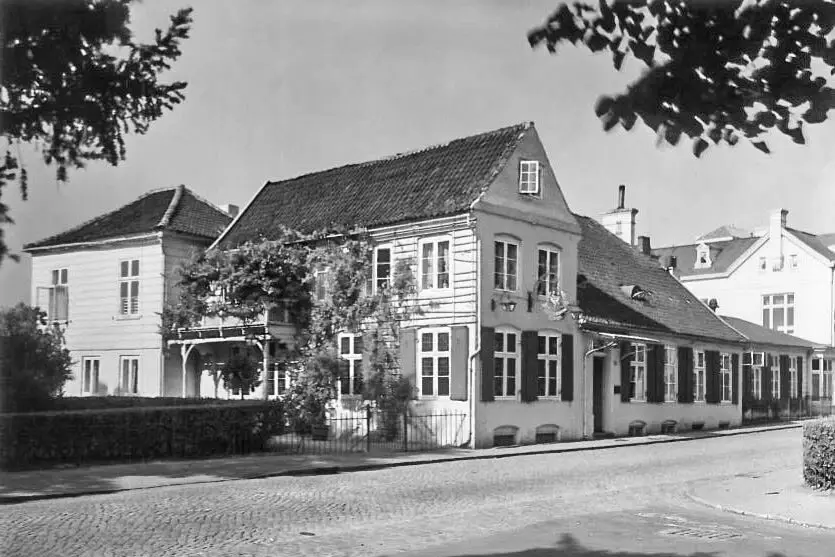
From July 1791
On July 1, 1791, he opened the house on the Elbe as a wine bar. In the same year, he laid out the famous Lindenterrasse. And from then on, he also seduced his guests, no longer with confectionery but - thanks to his French origins - with wine and refined dishes. In 1802, he received highly official mail from Copenhagen, the "Königl. Allerhöchste Konzession für den Gastwirth Dan. Louis Jacob in Nienstedten, in the Pinneberg dominion, to run a restaurant in his house there." Nobody suspected it at the time, but this was the starting signal for more than 230 years of gastronomic high culture.
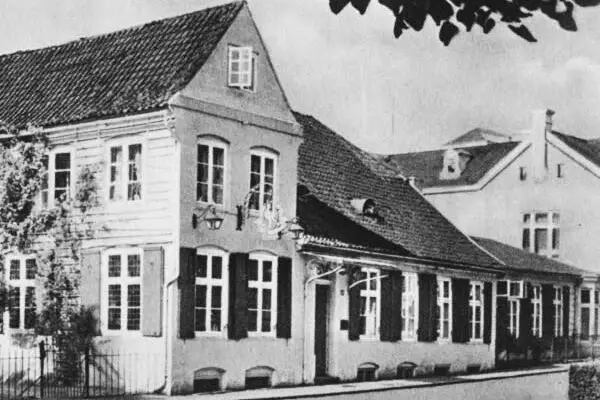
1826-1866
The Jacob family's wine restaurant with its large terrace and fantastic view of the Elbe has become a gastronomic insider tip. Carl Louis Jacob took over the inn in 1826. Under his management, the Jacob experienced a real upswing. Carriages now regularly traveled between Altona and the Elbe suburbs - all potential guests for the wine tavern and the famous Lindenterrasse.
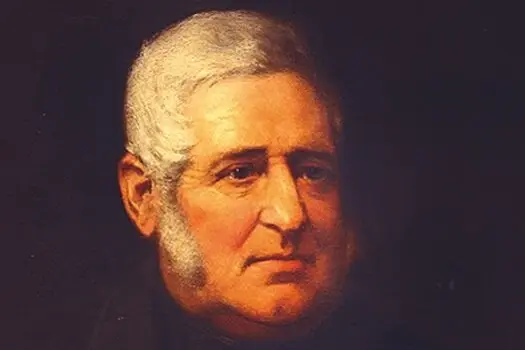
1866-1895
a new era began in 1866 with Louis Carl Jacob. Jacob III was 40 years old when he took over the inn. The great-grandson of the founder was modern in his thinking but still felt connected to the family tradition. He built the famous ice cellar right at the beginning of his creative period in 1870. He also had two single rooms and nine double rooms built. The horse stables were demolished and replaced by a ballroom "of a respectable size".
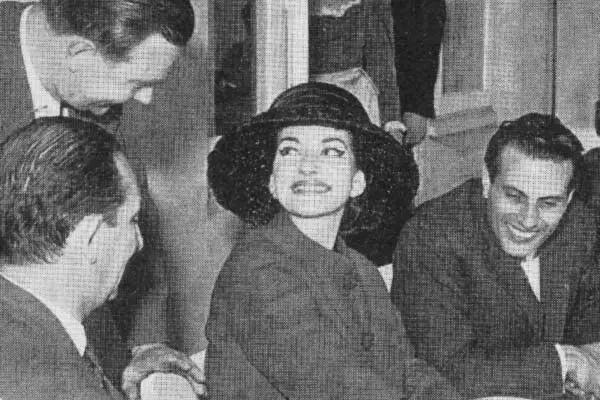
1895-1922
in 1895, Heinrich Louis Jacob took over the business from his father and completed his plans to renovate it. High-ranking guests from politics, the aristocracy and society came and went. The business flourished.

1902
In the summer of 1902, the Jacob became a studio for a few weeks: the Berlin Impressionist Max Liebermann accepted the invitation of Alfred Lichtwark - the visionary founding director of the Hamburger Kunsthalle - and moved into the house on the Elbe. Liebermann was to capture the light moods of the surroundings for the "Collection of Pictures from Hamburg" - and created one of the masterpieces of German Impressionism in the process. One painting - the famous Lindenterrasse in the unique Elbe light - now has a place of honour in the hall of residence. Another can be seen by visitors to the Hamburger Kunsthalle. Both are silent witnesses to a summer in which light, art and place became one for a moment.
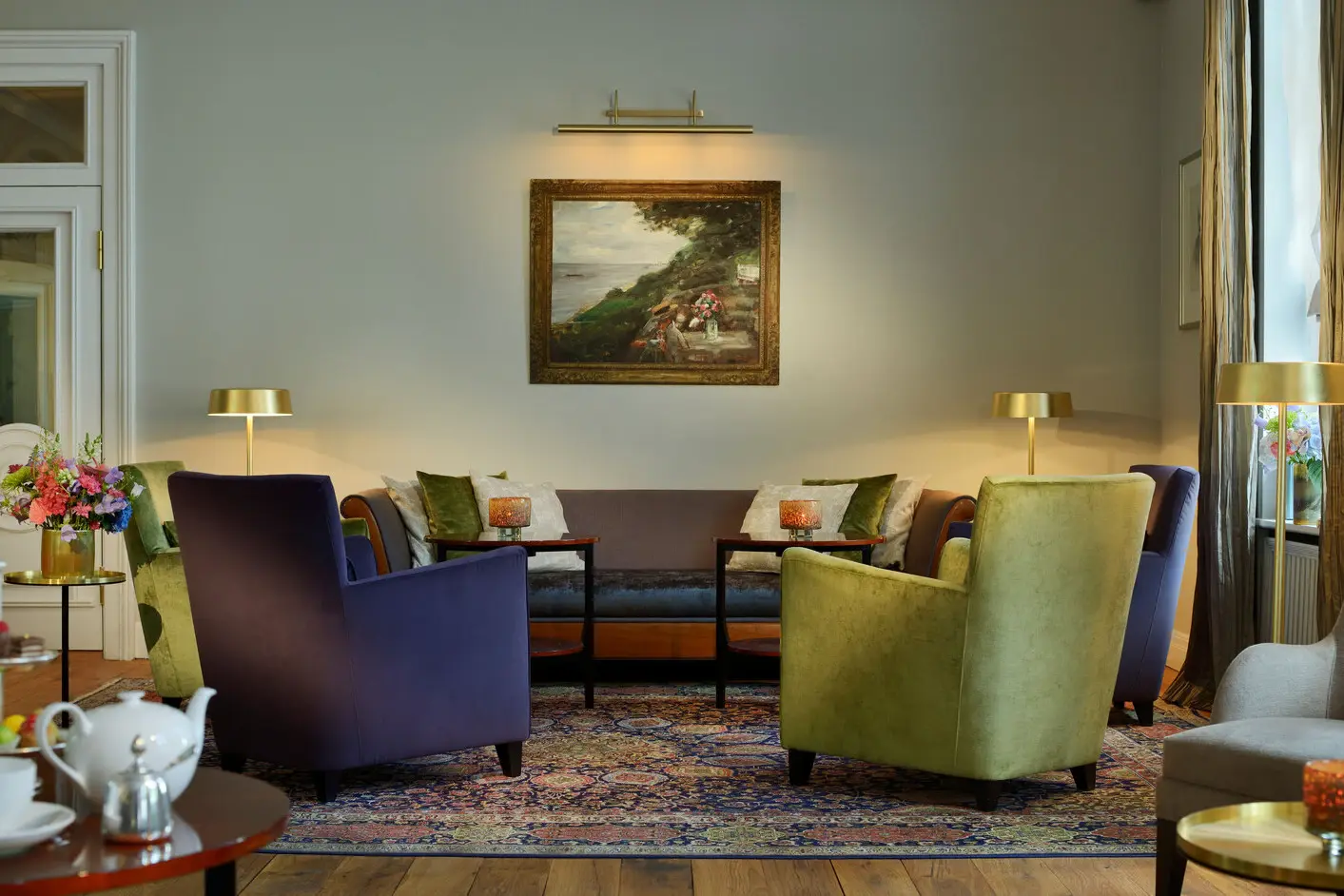-1413x942-1413x942.webp)
1902
The work, which hangs in the Louis C. Jacob looks down the Elbe. The title is confusingly similar to the famous work in the Hamburger Kunsthalle: "Elbblick - Terrasse an der Elbe, Restaurant Jacob". This painting was long thought to be lost, but after its unexpected reappearance, the Rahe family was able to acquire it in 1995. There is a Liebermann room in the hotel in memory of the famous guest: the famous Impressionist actually lived in this room during his stay in Hamburg. With a view of the Lindenterrasse, which he immortalized - and furnished with further drawings by the Berlin artist. Louis Heinrich Jacob ran the hotel until his death in 1922, but his son Matthias had no ambition to take over the business from his father.
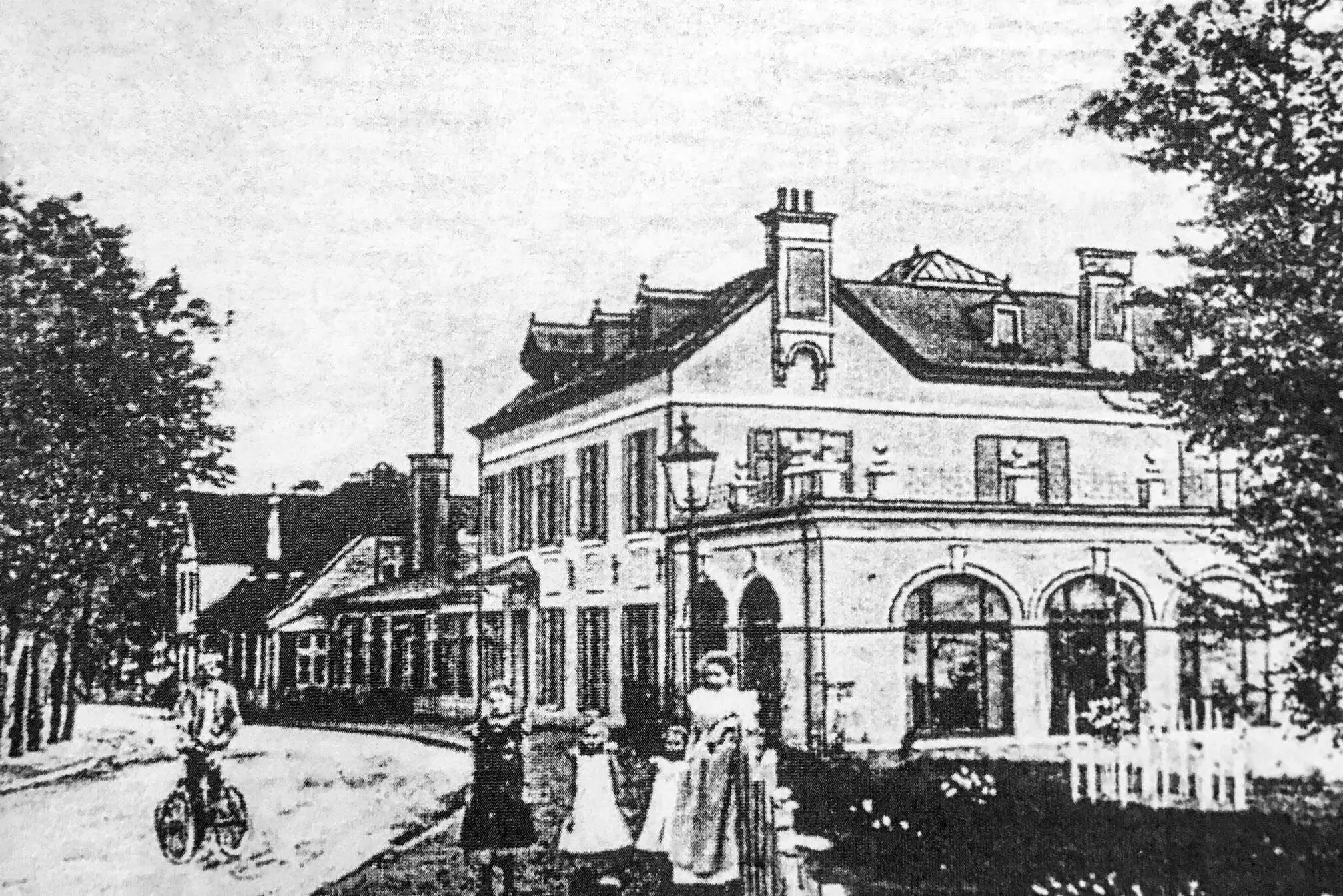
1922 - 1955
The house was leased out, initially with good success. The Jacob family's legacy was honored. in 1922, the restaurateur Albert Nibbes took over the Jacob. The house was rebuilt and renovated at great expense. In 1933, he handed over the management of the business to his son Albert Hans Nibbes. Dark times followed. After the Second World War, the house was first used as Royal Air Force quarters, then as a children's home for German children, which was run by Elizabeth Harvey.
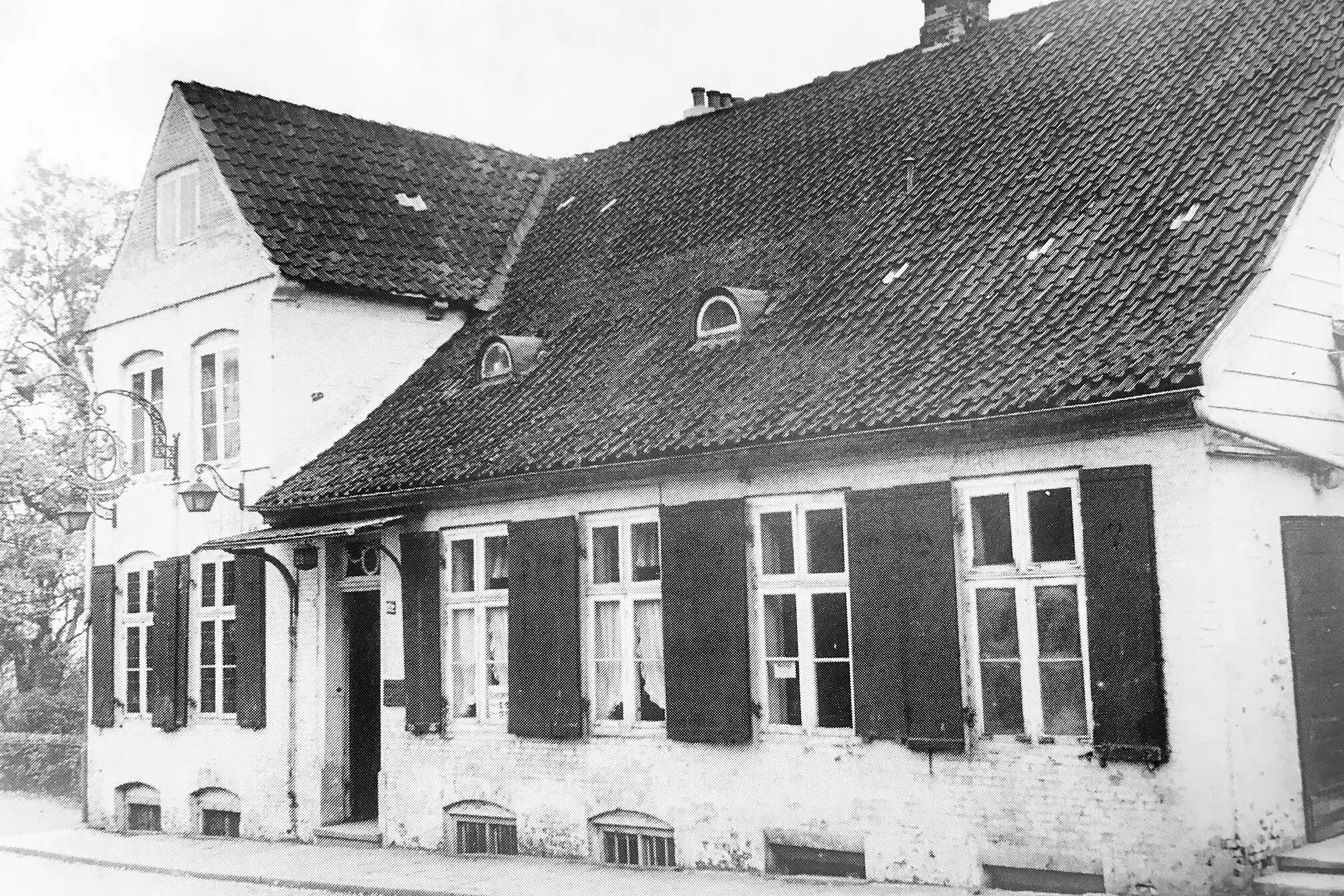
1922-1955
The Jacob was reopened in 1949. The price list makes us smile today. A single room cost DM 8.00, a double room DM 15. A double room with a lounge cost DM 20.00. Driver's rooms, on the other hand, were a bargain at just DM 3.00. Albert Hans Nibbes ran the Jacob until his death in 1952. His wife continued to run the business alone until 1955.
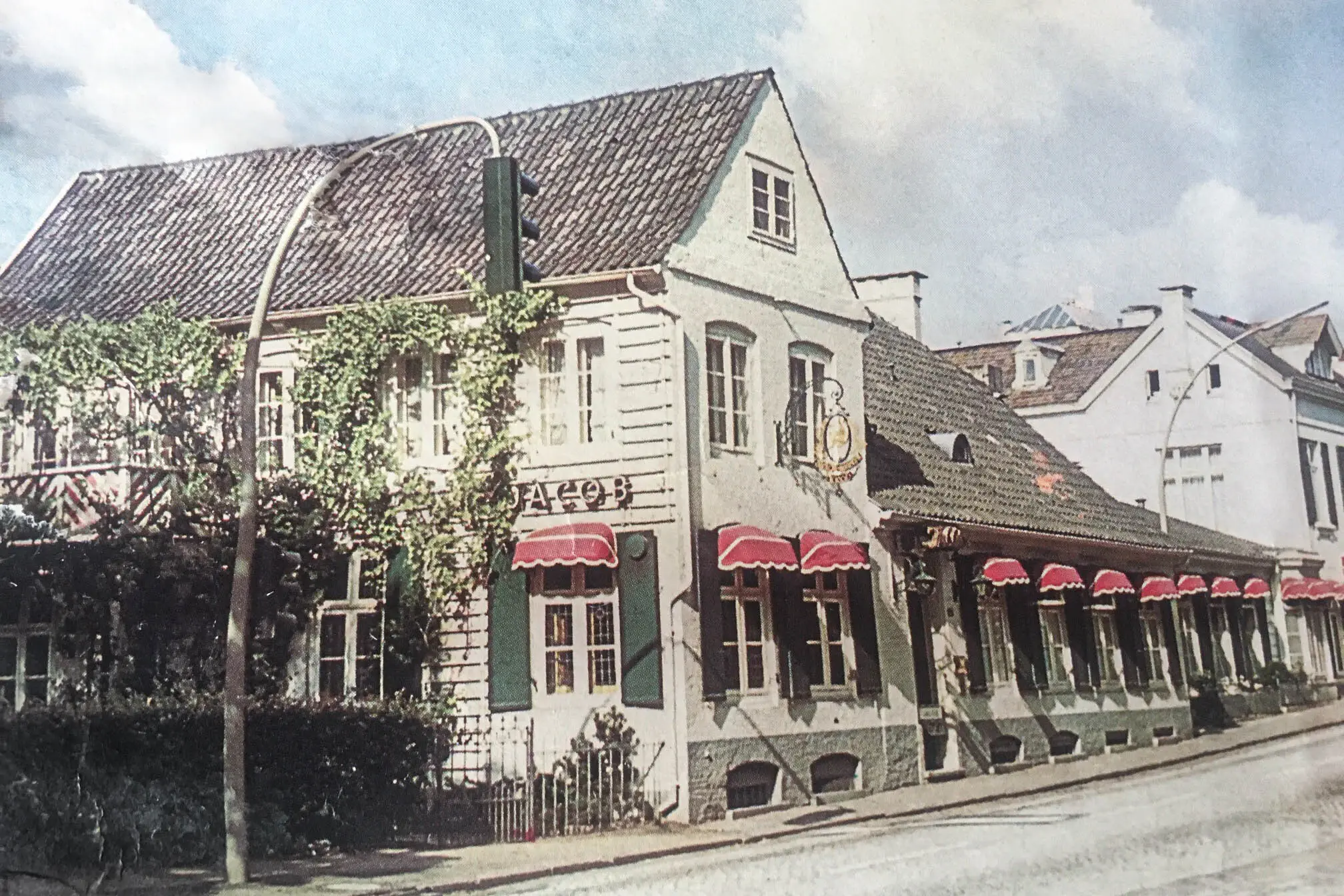
1955-1970
The Republic celebrated the economic miracle. At the same time, Jürgen Parbs took over the fortunes of the hotel. He played host to world stars such as Maria Callas, Zarah Leander, Henry Miller and Hans Albers. The hotel returned to its former glory. in 1956, the building, including the Lindenterrasse, was entered in Hamburg's list of monuments.

1955-1970
The traditional hotel reached its low point in 1970 when the entire restaurant inventory was auctioned off. The new tenant was called Armin Gustav. His most striking change: a wood-paneled restaurant with rustic furnishings and an open grill. Seven lime trees fell victim to this. The Jacob was reopened on April 3, 1971. The capacity was increased from 260 to 350 seats. The 14 hotel rooms were completely renovated and equipped with their own bathroom, toilet, telephone and radio. In 1975, the Jacob family's heirs wanted to close the hotel and restaurant business and applied for the license for the Hamburg casino. We can only speak of luck that this did not work out.
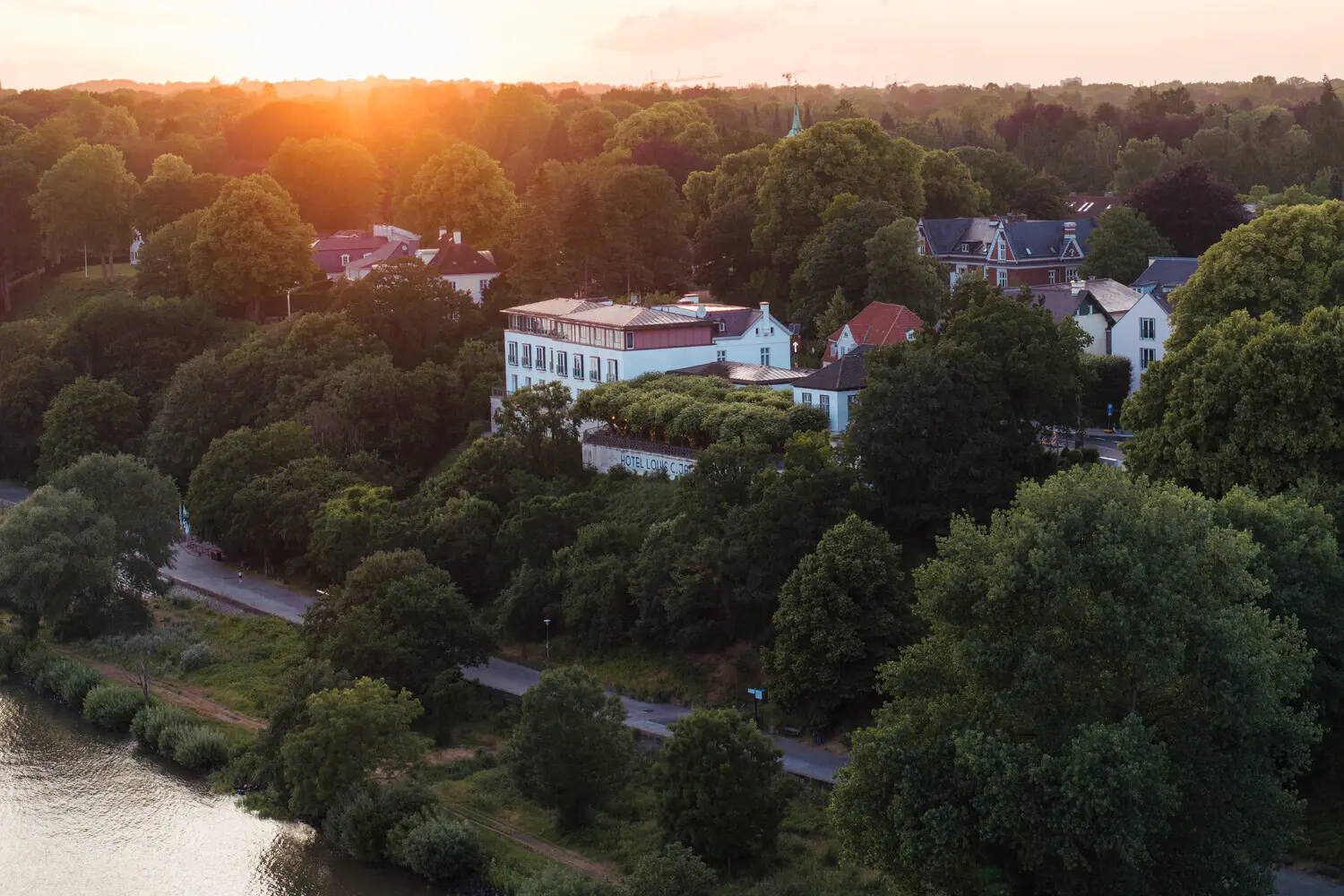
1993
Until the 1990s, the hotel changed hands in rapid succession. It was not until 1993 that the new owners, the Rahe family, brought the hotel back to life - and set the course for success. In just three years, they transformed the old Jacob into a modern luxury hotel: renovations, restorations and extensions were carried out with great sensitivity. Together with the historic buildings on the opposite side of the street, a stylistically harmonious and now listed ensemble was created.
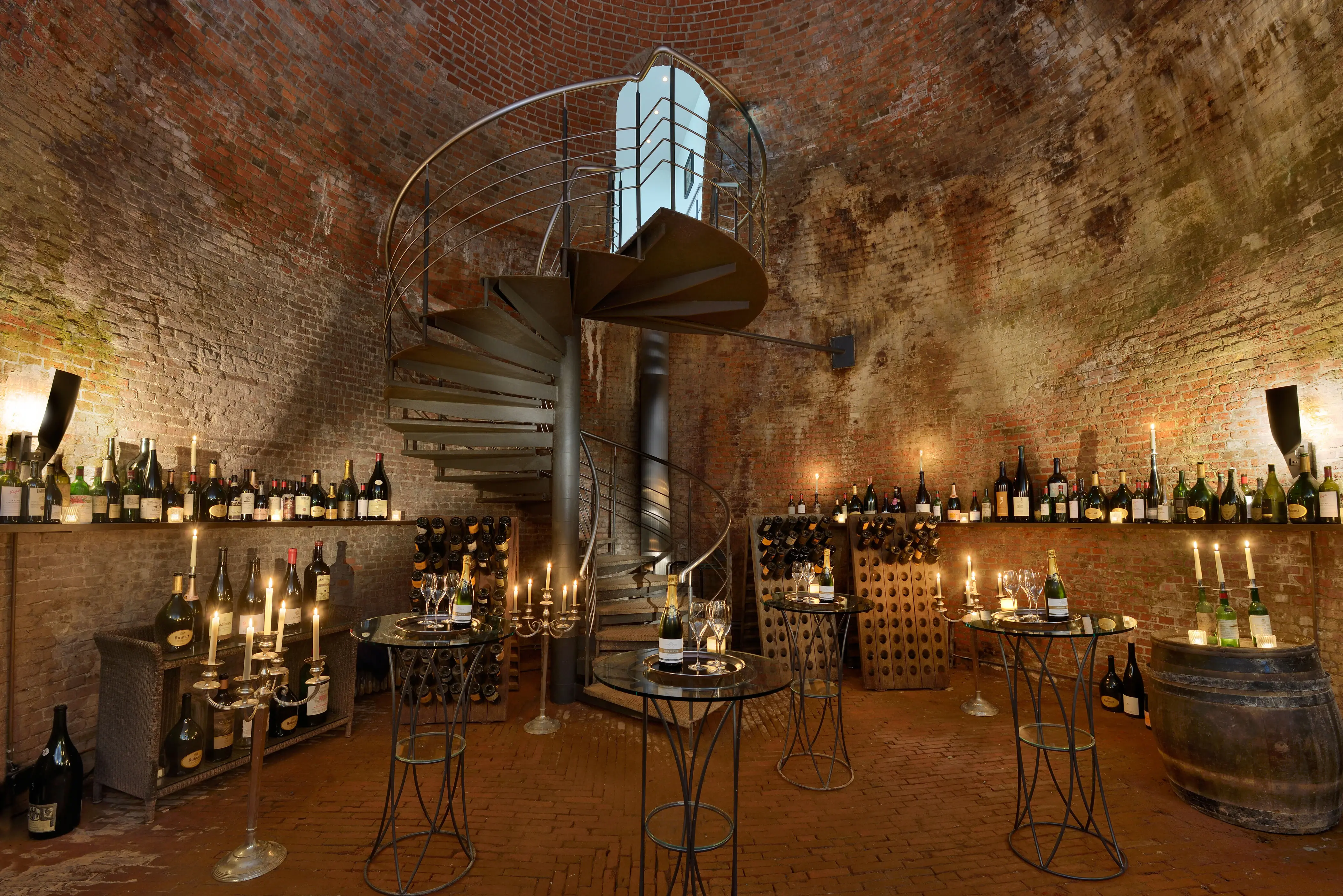
1996
During the restoration, the workers came across a historic ice cellar. The brick vault once served as a refrigerator, but now hosts special events. Wall paintings hidden under the plaster were also found, which were uncovered and restored. The reopening was celebrated in 1996. Hotel Jacob continues to delight guests from all over the world to this day.
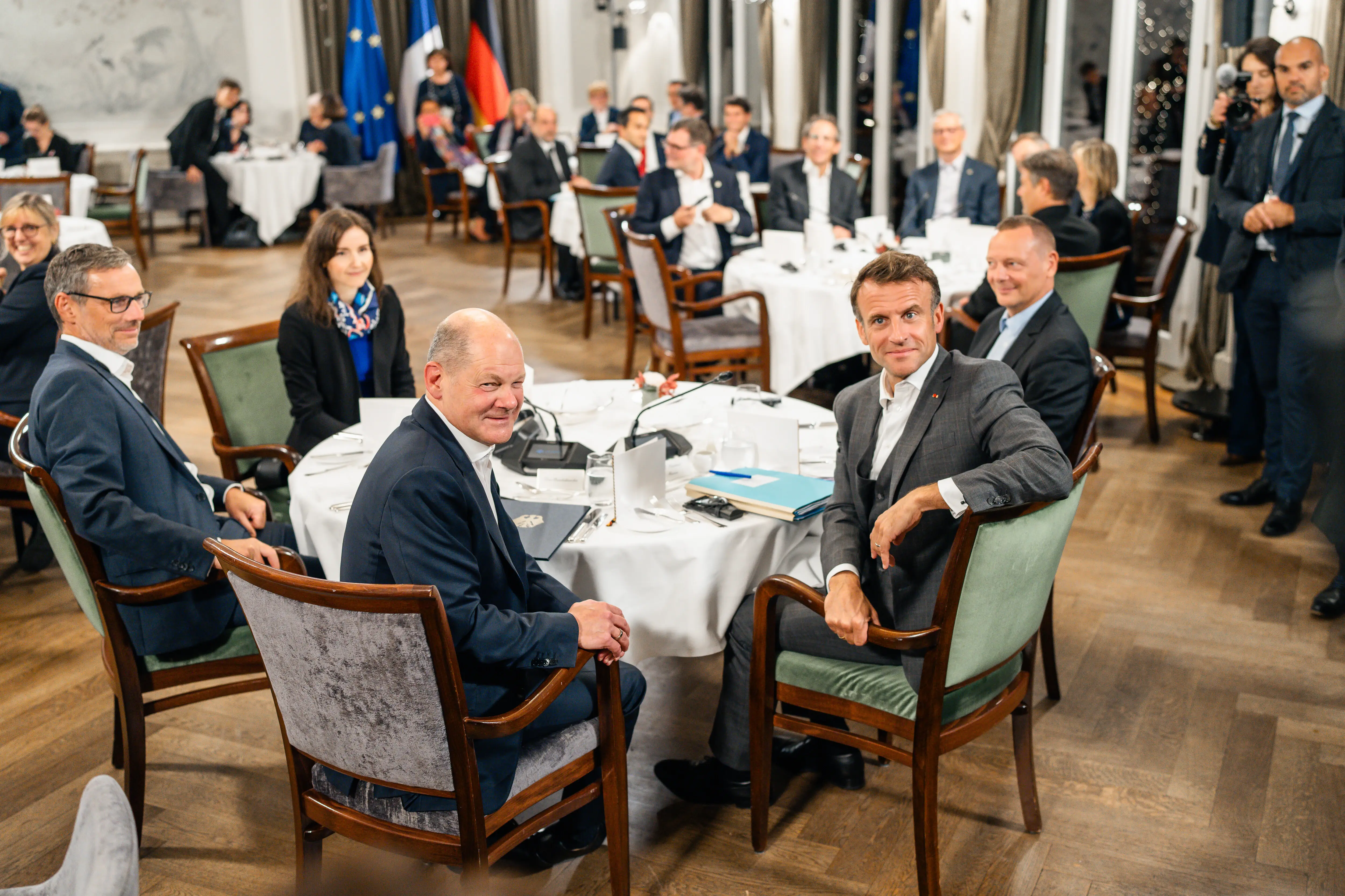
October 2023
As part of the Franco-German cabinet meeting on October 9 and 10, 2023, we had the pleasure of welcoming very special guests to Louis C. Jacob: our German Chancellor Olaf Scholz and the French President Emmanuel Macron and their ministers. We are still very excited, happy and extremely proud - especially of our unique Jacob team.

